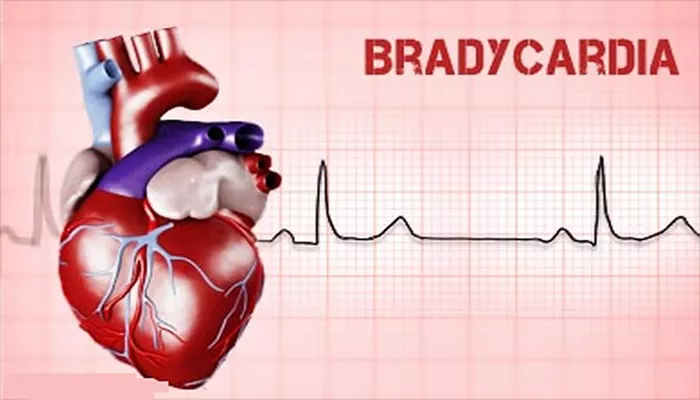Arrhythmia refers to any irregularity in the heart’s rhythm, which can lead to various health complications, including stroke. Among the different types of arrhythmias, atrial fibrillation (AFib) is the most common and significantly increases the risk of stroke. This article explores the eight major causes of stroke associated with arrhythmia, focusing on how these conditions contribute to the formation of blood clots that can travel to the brain.
The 8 Major Causes of Stroke Caused by Arrhythmia
1. Atrial Fibrillation (AFib)
Atrial fibrillation is characterized by rapid and irregular beating of the atria, the upper chambers of the heart. This irregularity can cause blood to pool in the atria, leading to the formation of clots. When these clots dislodge, they can travel through the bloodstream to the brain, resulting in an ischemic stroke. AFib increases the risk of stroke by five times compared to individuals without this condition.
2. Atrial Flutter
Atrial flutter is similar to AFib but typically involves a more organized rhythm. However, like AFib, it can also lead to blood pooling in the atria.
Atrial flutter can create a situation where blood clots form, which can then travel to the brain, potentially causing a stroke.
Although it is less common than AFib, it still poses a significant risk for stroke.
3. Bradycardia
Bradycardia refers to a slower-than-normal heart rate, which can lead to insufficient blood flow to the brain. In severe cases, this can result in fainting or even cardiac arrest. When the heart beats too slowly, it may not effectively pump blood, leading to stagnant blood flow and the potential for clot formation. If a clot forms and travels to the brain, it can cause a stroke.
see also: Which Antidepressant Is Safest for Heart?
4. Premature Ventricular Contractions (PVCs)
PVCs are early heartbeats originating from the ventricles. While they are often benign, frequent PVCs can indicate underlying heart issues that may contribute to arrhythmia. If PVCs lead to a significant disruption in normal heart rhythm, they can result in blood pooling and clot formation, increasing the risk of stroke. The irregular rhythm can also lead to a decrease in cardiac output, further exacerbating the risk of clot formation.
5. Heart Valve Disease
Heart valve disease can lead to arrhythmias and is associated with an increased risk of stroke. When the heart valves do not function properly, it can disrupt normal blood flow, leading to turbulence and pooling of blood. This pooling can result in clot formation, which may dislodge and travel to the brain, causing a stroke. Conditions such as mitral stenosis or regurgitation are particularly linked to this risk.
6. Coronary Artery Disease (CAD)
Coronary artery disease, characterized by the narrowing of coronary arteries due to plaque buildup, can lead to arrhythmias.
The reduced blood flow to the heart can cause ischemia, which may trigger irregular heart rhythms. These arrhythmias can then lead to blood pooling and clot formation. If a clot travels to the brain, it can cause an ischemic stroke. Individuals with CAD are at a higher risk for both arrhythmias and strokes.
7. Hypertension
Hypertension, or high blood pressure, is a significant risk factor for both arrhythmias and stroke. Chronic high blood pressure can lead to changes in the heart’s structure and function, increasing the likelihood of developing arrhythmias such as AFib. The presence of arrhythmia can further exacerbate blood pressure issues, creating a cycle that increases stroke risk.
Elevated blood pressure can also damage blood vessels, making them more susceptible to clot formation.
8. Electrolyte Imbalances
Electrolyte imbalances, particularly involving potassium, sodium, calcium, and magnesium, can disrupt the electrical signals that regulate heart rhythm. Such imbalances can lead to various arrhythmias, including AFib and bradycardia. When the heart’s rhythm is disrupted, it can cause blood to pool, leading to clot formation. If a clot travels to the brain, it can result in a stroke. Maintaining proper electrolyte levels is crucial for heart health and stroke prevention.
Conclusion
Arrhythmias significantly increase the risk of stroke, particularly through mechanisms involving blood clot formation. Atrial fibrillation is the most notable arrhythmia associated with stroke risk, but other conditions such as atrial flutter, bradycardia, and heart valve disease also contribute to this risk. Furthermore, factors like coronary artery disease, hypertension, and electrolyte imbalances can exacerbate the likelihood of developing arrhythmias and subsequent strokes.
Preventive measures, including lifestyle changes and medical interventions, are essential for individuals at risk. Managing underlying conditions, maintaining a healthy lifestyle, and adhering to prescribed treatments can significantly reduce the risk of stroke associated with arrhythmias. Regular check-ups with healthcare providers are crucial for monitoring heart health and implementing strategies to mitigate stroke risk.

